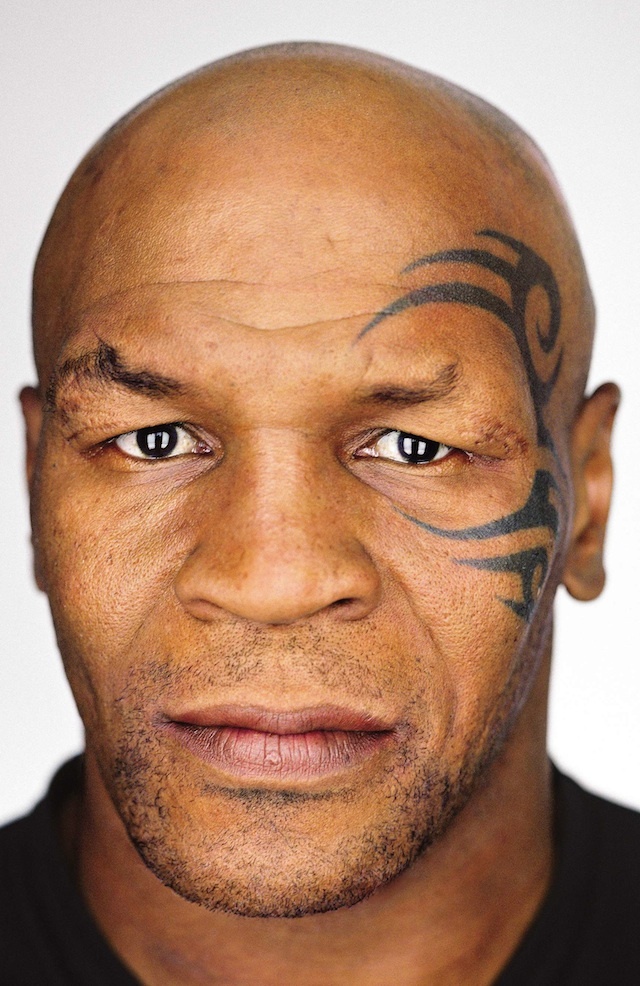Check out ASC’s 2023 Online Acting and Voice Over Classes!
If you have visible tattoos and you book a commercial or TV show, know that an actor’s tattoos will either need to be covered OR you must provide a release from your tattoo artist(s) before you can appear on camera. Even if the images on your body have not been copyrighted by the artist, production companies and their clients are generally not going to risk a lawsuit by displaying them on screen without written consent. 
Why is this now a thing? Well, you can blame Mike Tyson. Sort of. In The Hangover II, Ed Helms’ character hilariously ends up with the same iconic face tattoo as Mike Tyson. However, Tyson’s tattoo artist, S. Victor Whitmill, had copyrighted that image and the ensuing lawsuit (that was eventually settled out of court) changed the entertainment industry’s approach to actor’s tattoos dramatically. The case set a notable precedent and nowadays if an actor’s tattoos are going to be visible, legal releases are needed. 
The real bummer occurs when an actor’s tattoos might be desirable for the character but the actor does not have the requisite release forms from the tattoo artist. Then the Hair & Makeup department will generally have to apply a bunch of fake tattoos over the real tattoos to achieve the same look. Obviously, that sucks on a number of levels.
Now you may say, “I have a bunch of tattoos and I did a commercial and they didn’t cover up anything.” That still happens especially in non-union circles, but it is unquestionably a gamble on the producer’s side and definitely not the norm on a production with any kind of real budget these days. Moreover, you don’t want to be the actor that sets off a risk management crisis and forces the producers to spend on unexpected post-production tweaking, so it behoves tattooed actors to be pro-active on this front.
So: what does an actor’s tattoo release look like? The first step, talk to your tattoo artist. They may already have release forms that they use with their clients. If they don’t have a release form, you’ll need to provide one. There isn’t really a standardized release form for this, so if you google “actor tattoo artist release form” you’ll find some options and can see the language that might be in play. The big thing you need the release to do is transferring ownership of the tattoo from the tattoo artist to you the actor. It’s art, after all, so it qualifies as intellectual property (IP). It might also be helpful if a picture of the tattoo was included in the release form for extra clarity. I’m not a lawyer so there may be some other legal issues to consider here, but ownership of the IP is usually the big point of contention for production companies and clients.
Truth be told though, nine times out of ten the producers are going to cover visible actor’s tattoos with make-up or clothing because 1) they don’t want to deal with the risk in any way and/or 2) the tattoo will likely be distracting in the scene. Commercially speaking, even a half second in a thirty-second commercial where the viewer might be wondering what an incidental tattoo on an actor says or means is decidedly not what the client wants the viewer to be pondering. Make sure when you report for your wardrobe fitting that the 1st or 2nd AD is aware of all your potentially visible tattoos so that if they need to be covered the proper amount of time to address them can be built into the schedule.
Matt Miller is a Chicago based director and producer. As a commercial director, Matt’s recent credits include work for Lowe’s, Eggo, America’s Best Eyeglasses, Black Flag, AT&T, Hyundai, Crest, and The Hartford. Matt also teaches the occasional workshop at ASC; he does not have a tattoo.



